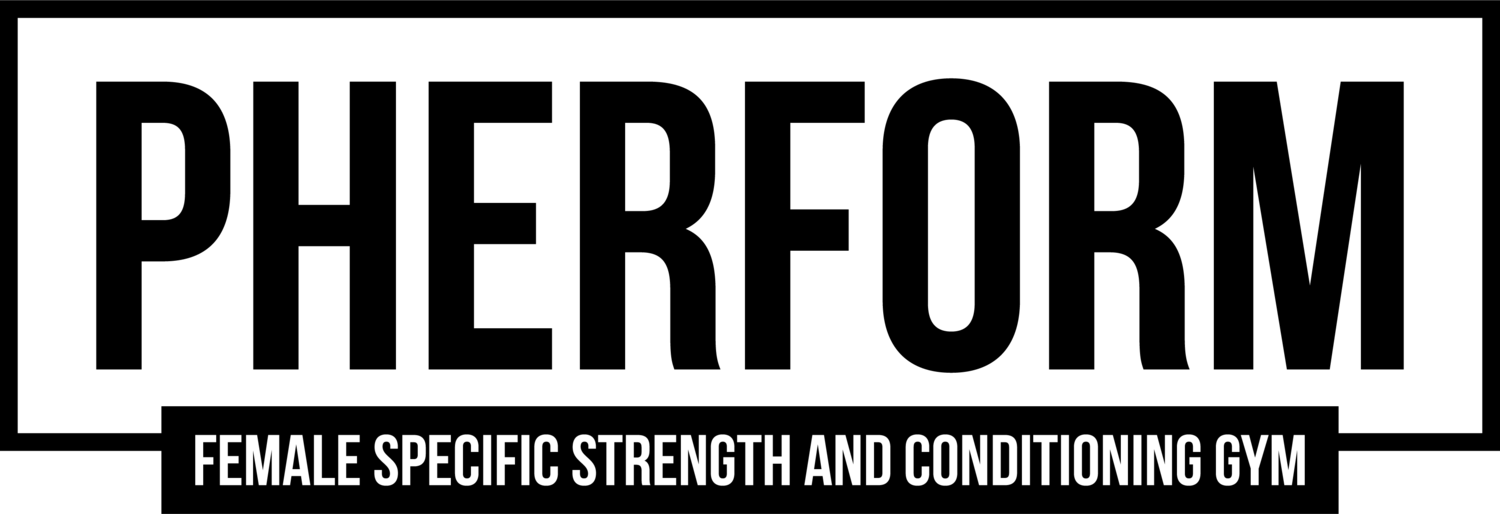Squat Versus Deadlift
-Written by Coach Harry
In the world of olympic weight lifting, powerlifting and bodybuilding the "hip hinge" exercise is generally defined as an exercise where you bend forward with maximal motion at the hip and minimal motion at the knees. We name this exercise the deadlift. This is often contrasted by a traditional "squat," which is more focused on maximizing knee flexion (bending) and minimizing hip flexion by keeping the chest upright.
The main difference between a hip hinge and a traditional squat is where the primary torque occurs.
In a hip hinge, the torque (force) is focused at the hip, resulting in the majority of the load at the gluteal and hamstring musculature (posterior chain) as opposed to the quadriceps.
In the traditional squat, the torque is primarily at the knee joint with the majority of the load in the quadriceps as opposed to the gluteals. Based on the definition of a hip hinge stated above,"a sagittal plane movement where the hips are the axis of rotation between a neutral lumbo-pelvic segment and a femur (your thigh)," the concept of hinging at the hip can be applied to either exercise. The idea is that you move at the hip joint without flexing or extending in your spinal segments.
There are a lot of differences between these two movements. The major one being that one is a hinge, and the other is a squat. Deadlifting requires you to brace your core with a neutral spine and pull the bar up over your midfoot and into a standing position. On the other hand, the squat requires you to secure the bar onto the top of your back and bend at your knee so that the bar descends as your body descends (with the bar path over your midfoot) until you reach depth and drive back up to standing.
Deadlifting is hip-dominant while squatting is knee-dominant; in the former, you’re holding the bar in your hands, while in the latter, you’re using your hands to pin the bar to a “shelf” on your back (on your traps for high bar squats and your delts for low bar squats).
Even though both moves look very different — one is a squat pattern while the other is a hinge — the squat and the deadlift both recruit many of the same muscles.
For the squat, the prime movers are the quads and glutes, as well as your adductors when you hit full depth. The “helper” or synergist muscles include your gastrocnemius, soleus, obliques, abdominals, spinal erectors, traps, rhomboids, and lats. So it's clear that holistic strength is required for an impressive squat.
The deadlift will primarily target your glutes, hamstrings and lats when the bar is leaving the floor and beginning its ascent. You’ll also need the help of your gastrocnemius, soleus, obliques, abdominals, spinal erectors, quads, traps, and rhomboids.
The muscles required to execute both lifts are remarkably similar. It’s more a question of degree — how much does the deadlift work your lats versus how much does the squat work your lats — rather than “does the deadlift or squat work your lats?”
Because they largely work the same muscles — and because they’re both full-body compound movements — the squat and the deadlift will produce tremendous strength gains (not to mention pretty solid muscle mass). So whichever one you tend to like better, rest assured that you’re giving yourself a great workout whenever you break out one of these two exercises.
In a 2018 study published in the Journal of Strength and Conditioning Research focusing on the hip and knee kinetics (movement) during the squat and deadlift, the authors made a few suggestions based on their findings. They determined that both exercises were useful for training hip and knee kinetics — however, the squat is a better tool for strengthening knee extension (straightening the knee). The deadlift is slightly better for training hip extension.
That makes a lot of sense when you look at the mechanics of the lift. Your ideal squat will emphasize the quads (knee extensors) by nature of the force you need to exert to stand back up after hitting depth. On the other hand, the deadlift’s hinging motion will emphasize the glutes and hamstrings (hip extensors) because of the movement pattern required to bring the bar up to a standing position.
Both movements are compound exercises that recruit muscles from your entire lower body, so squats will strengthen your glutes and quads and deadlifts will strengthen your quads, too. But if you’re looking for which move targets which areas to build the most strength in one fell swoop, a simple way to compare the deadlift and squat for strength is to assess what you want to train whether it be a muscle group or a movement pattern.
As with most things in life, balance is key. A well thought out program will have both exercises included in a way that allows the athlete to get the most benefit from each movement.


